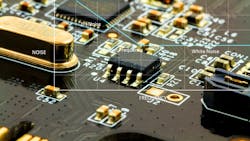What’s the Difference Between an Integrated ADC and a Standalone ADC? (.PDF Download)
Today’s complex distributed systems are acquiring and analyzing more analog data while also offering monitoring and diagnostic capabilities. As these systems become increasingly complex, the critical need to accurately measure analog signals continues to grow.
To better meet these precision requirements, designers are often left to choose between a microcontroller (MCU) with an integrated analog-to-digital converter (ADC) or a standalone ADC. So, what’s the difference between an integrated ADC and a standalone ADC, and which is better for your application?
